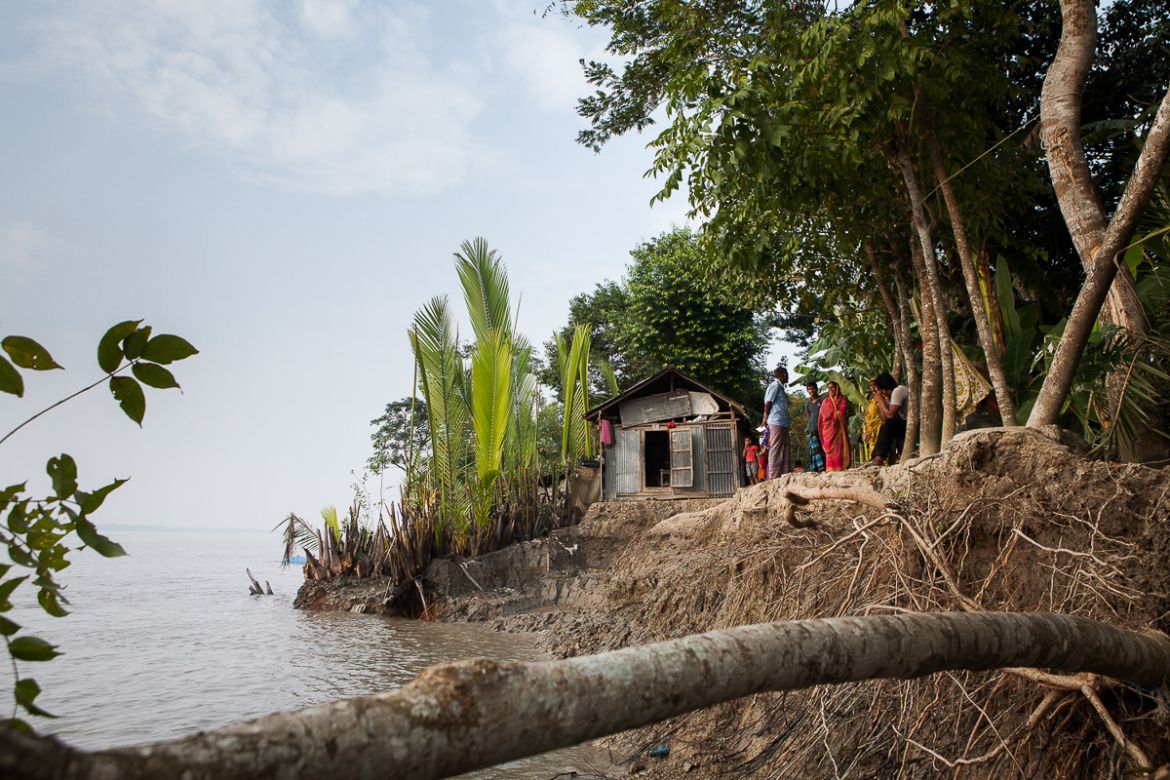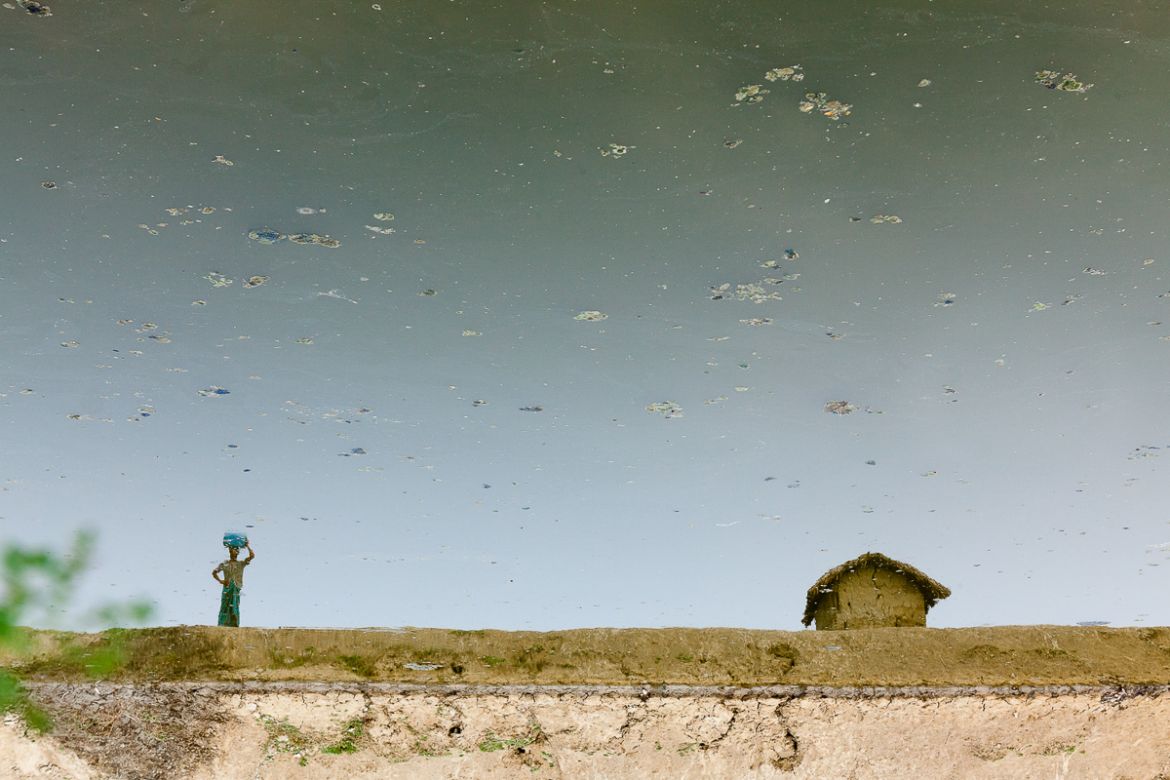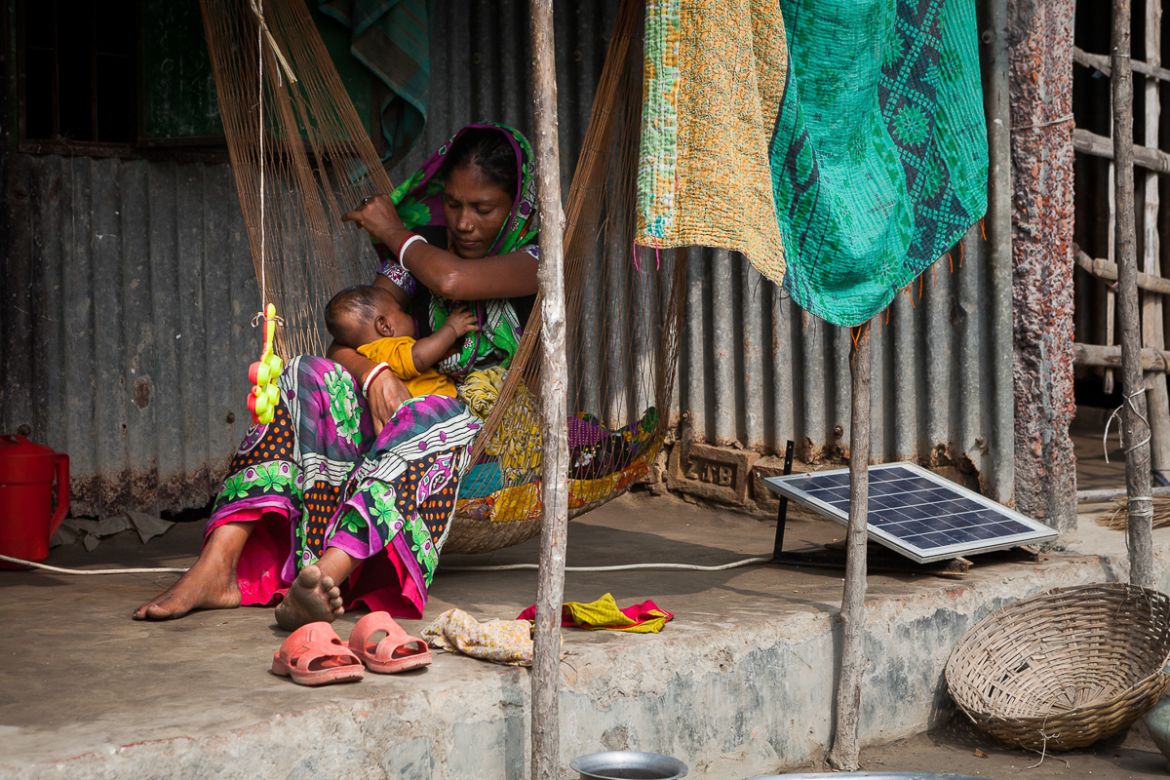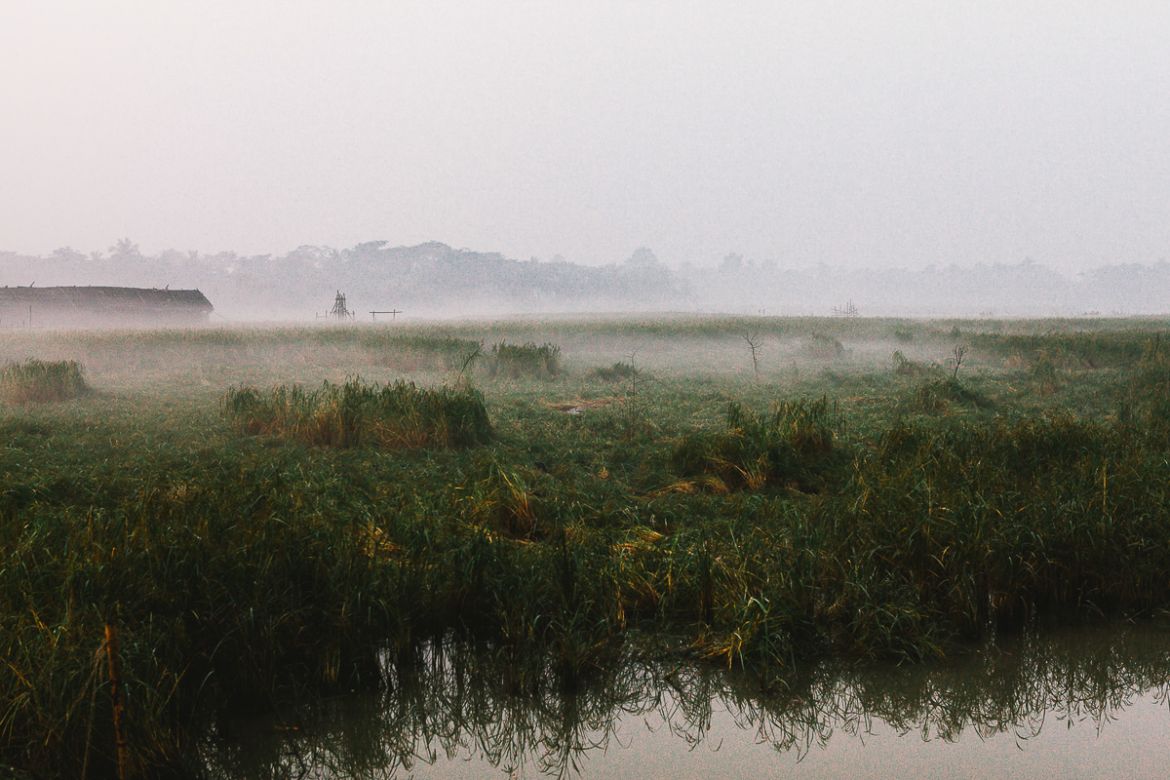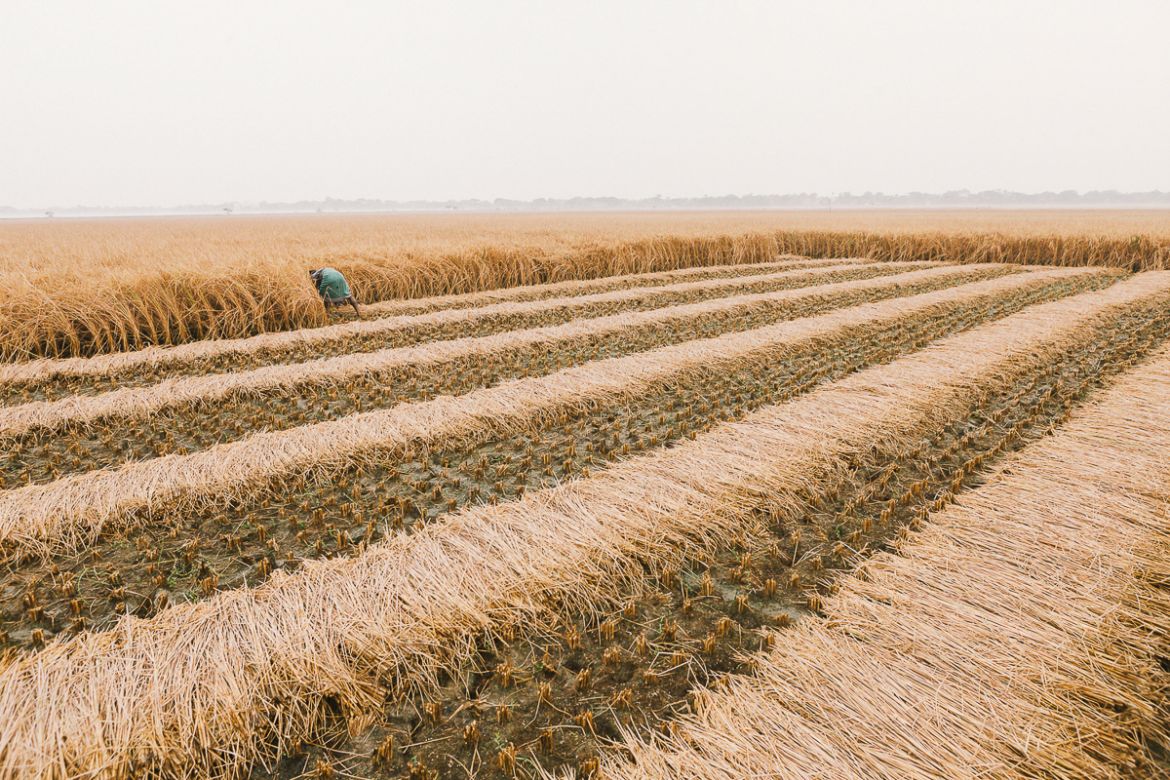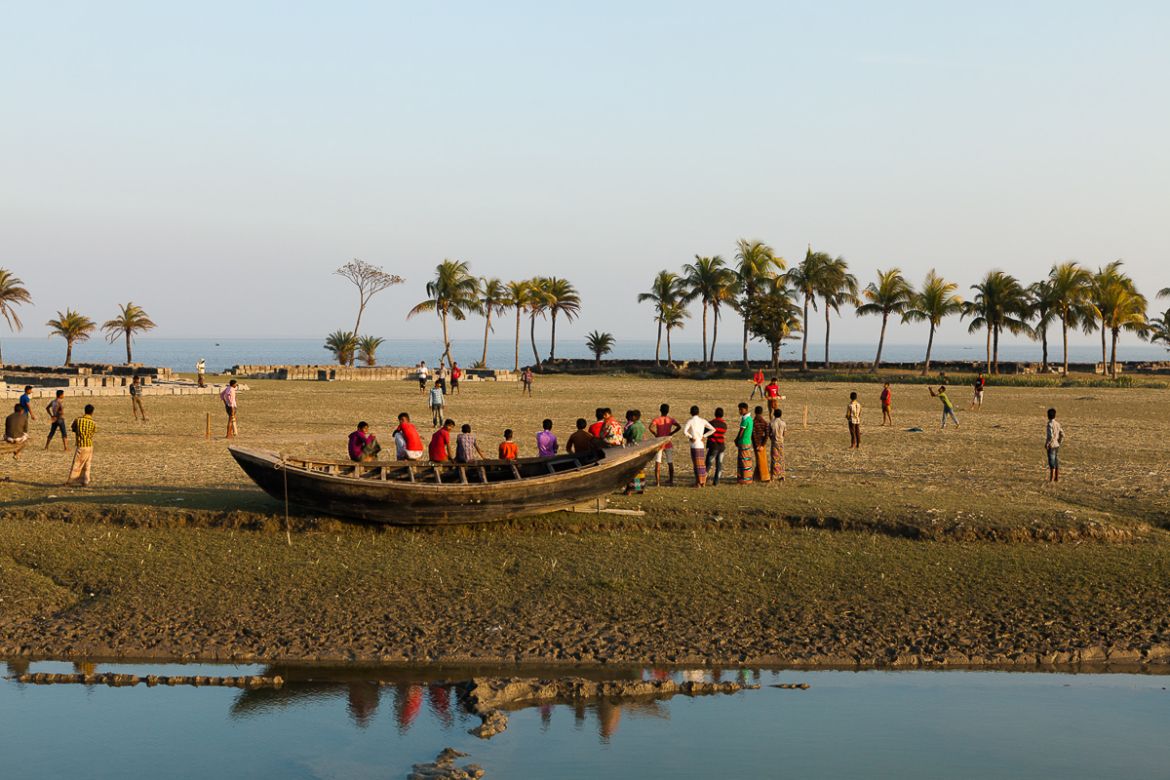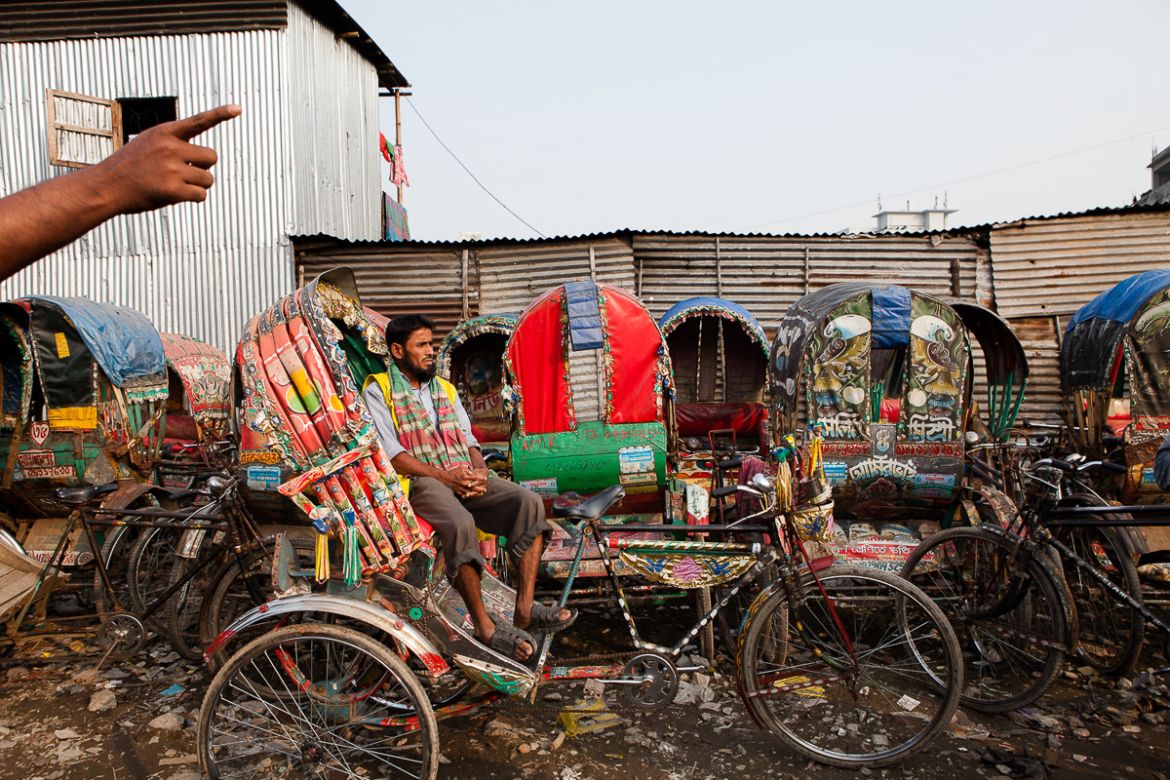In Pictures
Surviving climate change in Bangladesh
Cyclones, storms, flooding were always a part of life, but now come more often, are less predictable and more powerful.

Southern Bangladesh, Bangladesh – As one of the world’s most densely populated countries, situated over the large delta where three of Asia’s biggest rivers – the Ganges, Brahmaputra, and Meghna – meet, Bangladesh feels the effects of a changing climate intensely.
While cyclones, storms and flooding rivers have always been a part of life here, they now seem to come more often, are less predictable and are more powerful. River erosion has increased and the sea levels have risen bringing salty water farther inland. In many places, life as people knew it is no longer the same.
The 150 million inhabitants of Bangladesh adapt, cope and innovate in the face of this change. Many have migrated to the capital Dhaka and other cities further inland, which has caused the population in these cities to swell and living conditions to deteriorate.
Others have gone to work in neighbouring India, Malaysia or countries in the Arabian Gulf.
In Khulna, Mongla and Satkhira, and on the island of Bhola, and other parts of southern Bangladesh, families are adjusting to the challenges natures presents.
They rebuild homes that were taken away by the rivers. They grow rice and vegetables in new ways. They try new methods of small-scale farming, despite the threat salty water brings to their lands. Or they too find no other option but to leave and seek a new life in the city.
